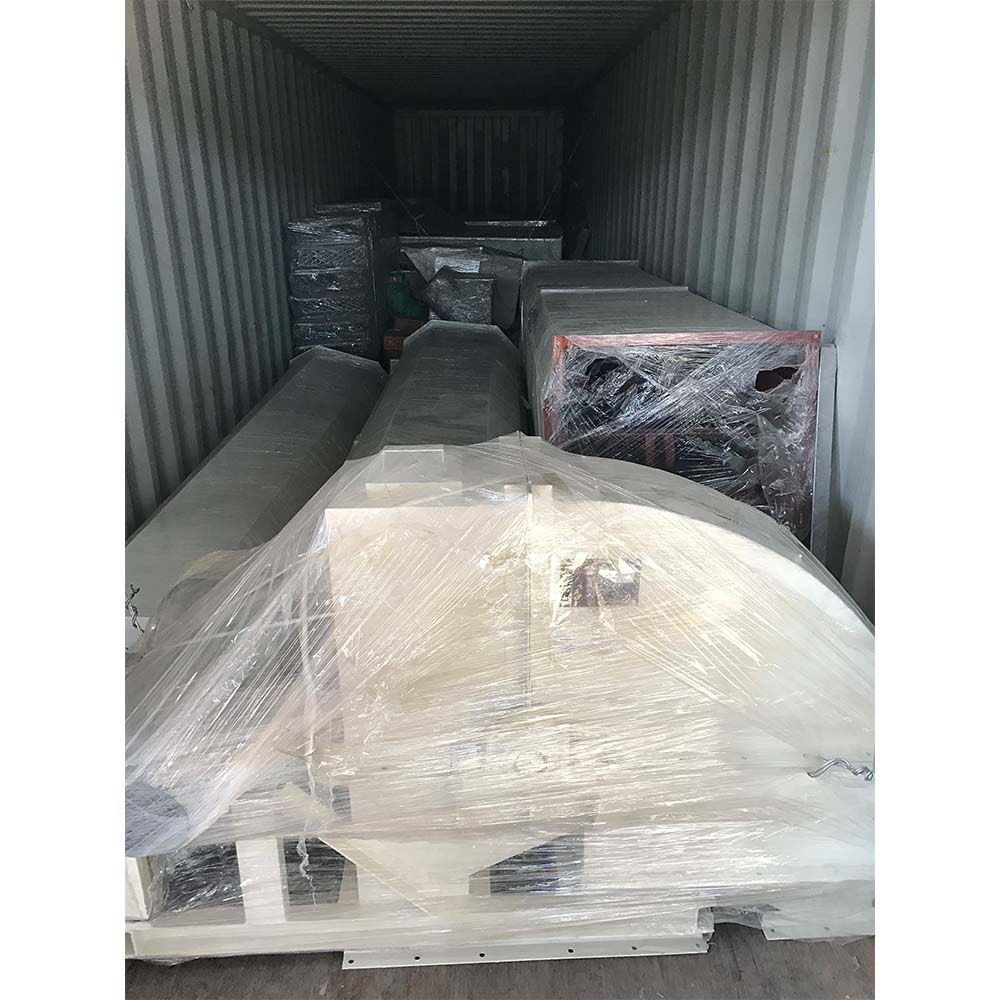Exploring the Benefits and Innovations of Food Vacuum Packaging Machines for Freshness Preservation
Aug . 13, 2024 15:55 Back to list
Exploring the Benefits and Innovations of Food Vacuum Packaging Machines for Freshness Preservation
The Importance of Food Vacuum Packaging Machines
In the world of food production and storage, one technology has drastically changed how we preserve our edible products the food vacuum packaging machine. This device plays a vital role in extending the shelf life of various foods, enhancing food safety, and improving efficiency in both home kitchens and commercial food processing environments.
What is Vacuum Packaging?
Vacuum packaging involves the removal of air from a package before sealing it. By eliminating air, the growth of aerobic bacteria and fungi is inhibited, reducing spoilage and waste. This method is extremely beneficial in maintaining the freshness and flavor of food items, as well as preserving their nutritional value. Food vacuum packaging machines are engineered to perform this process efficiently, making them essential tools in today's food industry.
Benefits of Using Vacuum Packaging Machines
1. Extended Shelf Life One of the most significant advantages of vacuum sealing is the extension of a product's shelf life. Vacuum-sealed foods can last up to five times longer than traditionally packaged items. For instance, meats stored in vacuum-sealed bags can remain fresh for months, compared to just a few days when packaged conventionally.
2. Prevention of Freezer Burn Vacuum packaging is particularly useful for freezing food. Traditional storage methods often lead to freezer burn, which affects the texture and flavor of the food. A vacuum sealer protects food from exposure to air, preventing freezer burn and ensuring that the items retain their quality over time.
3. Food Safety By reducing the risk of bacterial growth, vacuum packaging enhances food safety. This is crucial, especially for perishable items like meats, seafood, and vegetables. Vacuum-sealed food is less prone to contamination, reducing the likelihood of foodborne illnesses.
4. Space Efficiency Vacuum packaging reduces the volume of food products, allowing for more efficient use of storage space. This is particularly important for restaurants and food manufacturers where space is often at a premium. Properly sealed packages can be easily stacked or stored in smaller areas, optimizing the available space.
food vacuum packaging machine

5. Flavor Preservation The vacuum sealing process effectively locks in the flavors and aromas of food. This is particularly beneficial for marinated items, as the vacuum helps the marinade penetrate the food more deeply. As a result, vacuum packaging not only preserves the food but also enhances its taste.
Types of Vacuum Packaging Machines
There are various types of vacuum packaging machines available in the market, catering to different needs
- External Vacuum Sealers These are compact and suitable for home use. They typically work by placing the bag within a chamber and drawing out the air before sealing.
- Chamber Vacuum Sealers Commonly used in commercial settings, these machines seal bags within a chamber where the entire environment is vacuumed. This method is particularly effective for liquid-rich foods.
- Handheld Vacuum Sealers These portable devices are user-friendly and great for occasional use. They are ideal for sealing smaller items and can be used for travel or grocery storage.
Conclusion
Food vacuum packaging machines are a revolutionary advancement in food preservation technology. With their ability to extend shelf life, enhance food safety, and improve storage efficiency, these machines have become indispensable in both commercial kitchens and home cooking environments. As consumers become more aware of food waste and the importance of sustainability, the demand for vacuum packaging technology is likely to grow, offering even more innovative solutions for preserving the bounty of our food resources. Whether you are a professional chef, a restaurant owner, or a home cook, investing in a quality vacuum packaging machine can lead to better food management and an enhanced culinary experience.
-
Hot Sale 24 & 18 Door Rabbit Cages - Premium Breeding Solutions
NewsJul.25,2025
-
Automatic Feeding Line System Pan Feeder Nipple Drinker - Anping County Yize Metal Products Co., Ltd.
NewsJul.21,2025
-
Automatic Feeding Line System Pan Feeder Nipple Drinker - Anping County Yize Metal Products Co., Ltd.
NewsJul.21,2025
-
Automatic Feeding Line System - Anping Yize | Precision & Nipple
NewsJul.21,2025
-
Automatic Feeding Line System - Anping Yize | Precision & Nipple
NewsJul.21,2025
-
Automatic Feeding Line System-Anping County Yize Metal Products Co., Ltd.|Efficient Feed Distribution&Customized Animal Farming Solutions
NewsJul.21,2025






